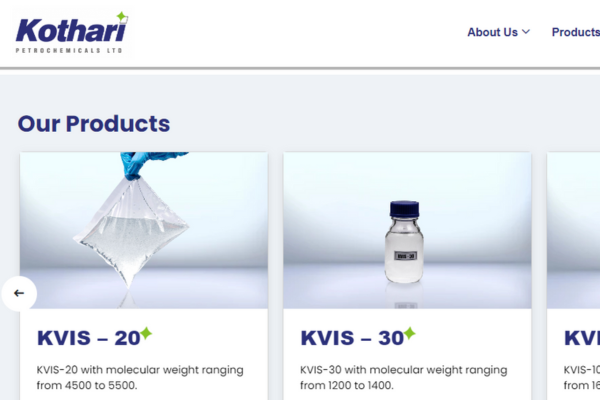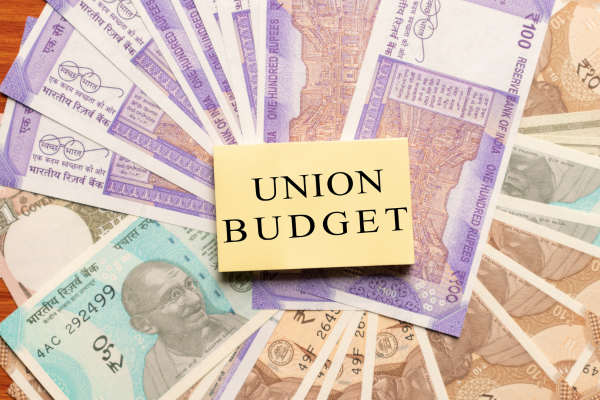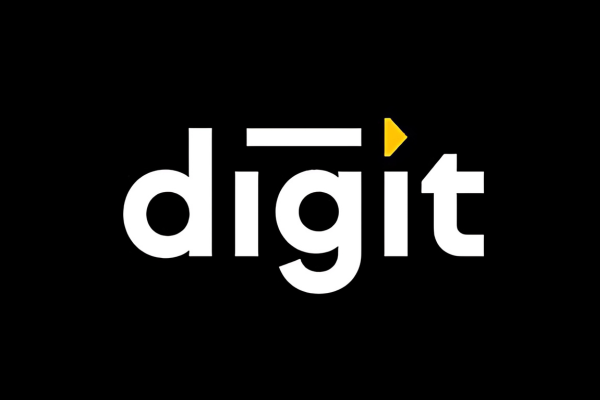Union Budget 2024-25 Review (Download AngelOne Full Report Here: https://online.publuu.com/596595/1337209) Focus on Fiscal Discipline and Capital Expenditure The Union Budget for 2024-25 emphasizes fiscal discipline while maintaining ambitious capital expenditure (capex) targets. The fiscal deficit is projected at 4.9% of GDP, a reduction from the interim budget’s 5.1%. This is aligned with the government’s goal of reducing the fiscal deficit below 4.5% by 2025-26. This decrease is attributed to strong direct tax collections and record dividend transfers from the Reserve Bank of India (RBI) and public sector undertakings (PSUs). The fiscal deficit for FY24A was 5.6%, lower than the revised estimate of 5.8%. Capital Expenditure The budgetary allocation for capital expenditure for FY25 has been increased by 11.1% to ₹11.11 lakh crore, representing 3.4% of GDP. This significant rise continues a trend of increased capex, which has tripled over the past four years, contributing to economic growth and job creation. The capital expenditure for FY25 marks a 17.1% increase from ₹9.48 lakh crore in FY24A, demonstrating the government’s commitment to infrastructure development alongside fiscal prudence. Tax Rationalization Changes to the taxation of capital gains aim to rationalize the structure. Short-term capital gains on specified financial assets are now taxed at 20% instead of 15%, and long-term gains on all financial and non-financial assets are taxed at 12.5%. Although this increases the tax burden on listed equities, the government has raised the long-term capital gain exemption from ₹1 lakh to ₹1.25 lakh per annum, offering some relief to smaller investors. Additionally, the Securities Transaction Tax (STT) on the sale of options has been increased from 0.0625% to 0.1%, and on futures from 0.0125% to 0.02%, to curb speculative retail trading activities. Employment Generation, Skilling, and Support for MSMEs and the Middle Class The budget allocates ₹2 lakh crore to benefit 4.1 crore youth through five schemes. An additional ₹1.48 lakh crore is dedicated to education, employment, and skilling initiatives. A new scheme aims to skill 20 lakh people over five years, and internship opportunities for 1 crore employees will be provided in top 500 companies over five years. For MSMEs, a credit guarantee scheme will pool corporate risks in the manufacturing sector. Tax and Non-tax Revenue Collections Direct and indirect tax collections are expected to grow at 12.8% and 8.2%, respectively, in FY25, leading to an overall gross tax revenue growth of 10.8%, reaching ₹38.4 lakh crore. Non-tax revenue is forecasted to grow by 35.8% due to record dividend transfers from RBI and PSUs. The divestment target for FY25 remains at ₹50,000 crore. Key Highlights of the Budget The budget includes significant allocations for infrastructure, such as ₹26,000 crore for highway development and ₹11,500 crore for irrigation projects in Bihar. Other notable measures include the abolition of Angel tax for all investor classes, reduced customs duties on gold, silver, and platinum, and enhanced focus on agriculture and rural development. Changes in Income Tax Regime The government has rationalized income tax slabs under the new tax regime, increasing the standard deduction from ₹50,000 to ₹75,000 and the deduction on family pension from ₹15,000 to ₹25,000. These changes are expected to result in tax savings for salaried employees. Fiscal Indicators and Subsidy Burden The budget reflects realistic tax revenue assumptions with gross tax collections expected to grow by 10.8%. The subsidy burden is set to decrease, with the total subsidy bill for FY25 projected to drop by 2.75% to ₹4.28 lakh crore. The decline in subsidy allocation aligns with the government’s strategy for fiscal consolidation. Sectoral Highlights Key sectoral allocations include enhanced exemptions and incentives for the auto, real estate, chemicals, capital goods, and hospitality sectors. For instance, the automobile PLI scheme allocation has been increased nearly sixfold to ₹3,500 crore for FY25, and significant investments have been earmarked for urban housing development. Conclusion The Union Budget 2024-25 demonstrates a balanced approach to fiscal management, infrastructure development, and economic growth. By maintaining fiscal discipline and enhancing capital expenditure, the government aims to foster sustainable development while addressing key areas such as employment, education, and support for MSMEs.











